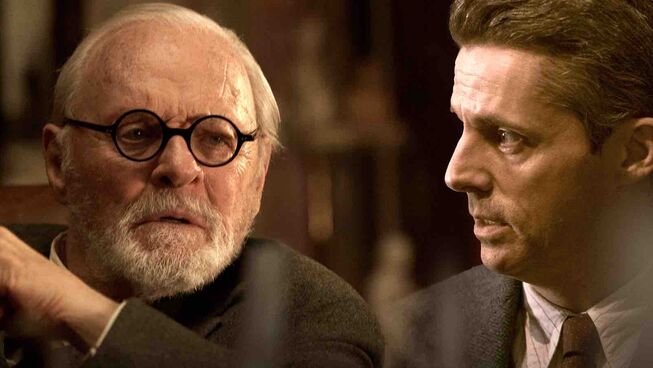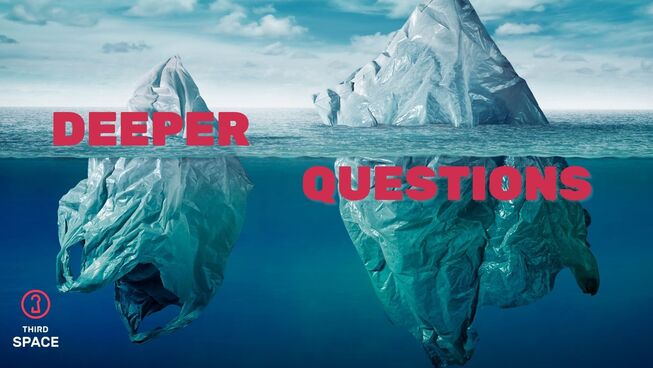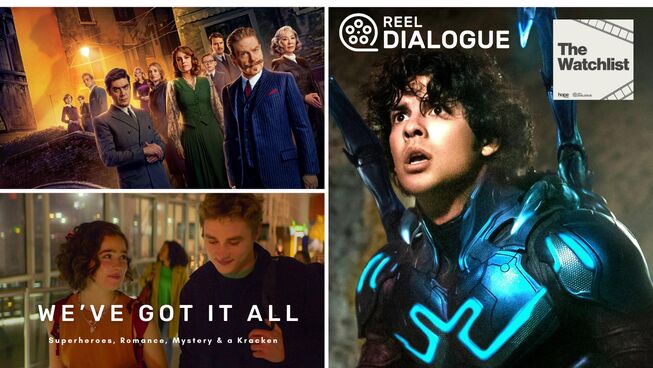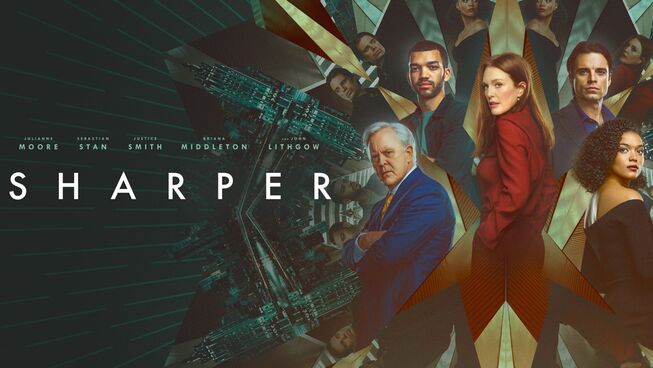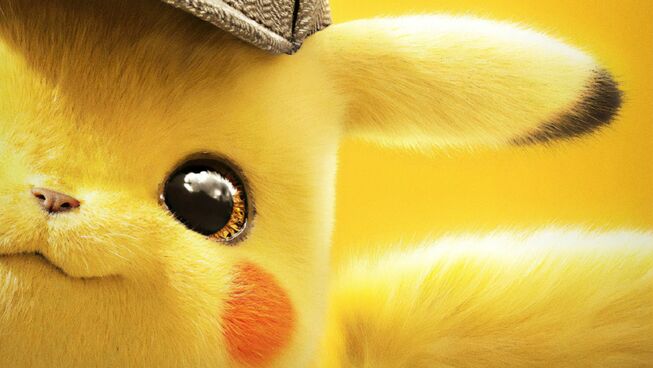I Saw the TV Glow

⭐️ ⭐️ ⭐️ (out of 5)
I See The TV Glow follows the story of Maddy (Brigette Lundy-Paine) and teenage Owen (Justice Smith). Maddy introduces Owen to a late-night TV show, 'The Pink Opaque ', a vision of a supernatural world beneath their own. Owen is captivated by the show's pale glow, but when Maddy disappears after the show is abruptly cancelled, Owen's perception of reality begins to shatter.
Jane Schoenbruen obviously has a lot of ideas they want to explore, from the impact of media fandom and obsession on mental health, to the coming-of-age gender dysphoric identity crisis that many currently face and find an escape from in their favourite TV shows to the deeper felt questions around identity and societal expectations and how masked we can become to the point of being unrecognisable, even to ourselves. The film will likely resonate deeply with people who feel lost, lonely or in need of escape or rebirth. Schoenbruen uses some incredible imagery to tell her story, channelling 90s TV like Twin Peaks and Buffy the Vampire Slayer while tapping into the current contemporary success of the analogue horror series on YouTube. Grainy images, vivid neons, cursive fonts, & steady zooms all combine to disquiet and almost cause a transcendental out-of-body experience. Justice Smith is virtually unrecognisable, with few spoken words, but such deeply embodied anxiety and isolation. Brigette Lundy-Paine is magnetic yet dangerous, entrancing and unable to look away from. In addition, the film features a soundtrack filled with completely original songs that feel ripped right from the 90s teen-angst days of MTV. Ultimately, I See The TV Glow delivers a wholly unique yet deeply personal and cleverly crafted vision that’s haunting yet hopeful. It is also slow, meditative, and experimental, meaning it won’t be accessible to everyone.
Reel Dialogue: Fearfully and wonderfully made
I See The TV Glow is a film that speaks to the current societal discourse, particularly around issues of identity, gender, and self-expression. It's a self-confessed trans allegory that raises deep questions, mirroring the internal struggles many in society are currently wrestling with. In a world where conflicting voices offer their wisdom on these topics, the film's narrative provides a unique perspective.
The Bible speaks to two of the major chords of this conversation: How were we made to be? and how can we feel trapped in our bodies and yearn for something else. The Gospel affirms that we are made in God’s image, and are loved and known as such. God does not make mistakes, having known us before He formed our innermost being. But the Gospel also acknowledges that we live in a broken, sinful world where we will feel embodied pain and suffering. The Apostle Paul writes that there will be a resurrection of the physical body when Christ returns and that these bodies will be restored to their full glory, with no pain or blemish or discordance - just as God created and intended.
“For you created my inmost being; you knit me together in my mother's womb. I praise you because I am fearfully and wonderfully made; your works are wonderful, I know that full well.” - Psalm 139:13-16




